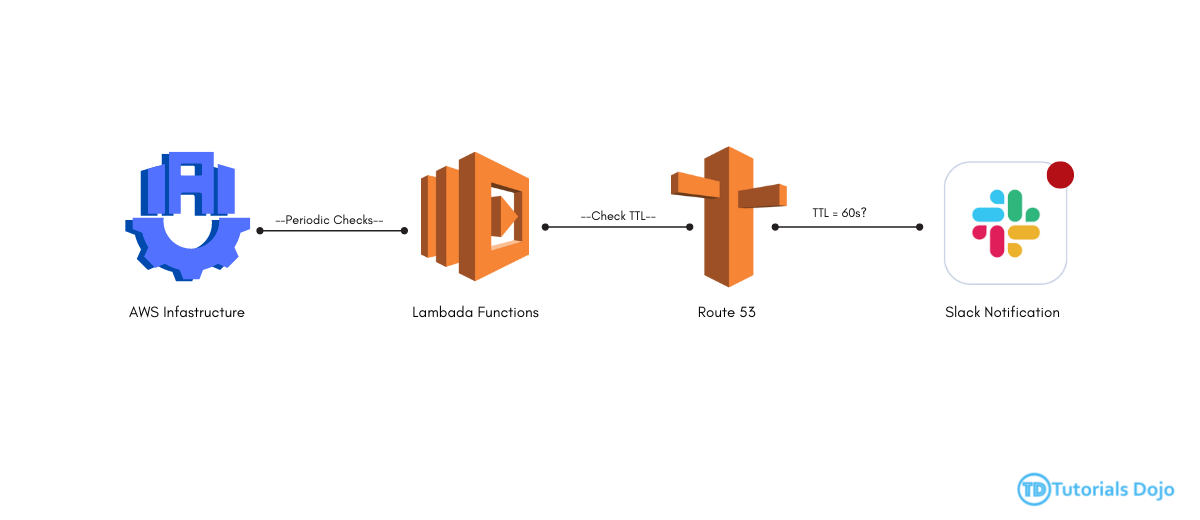Solving HTTP 500 Errors by Increasing File Descriptor Limits
Joshua Santiago2024-07-08T08:56:55+00:00When it comes to web hosting and server management, facing HTTP 500 errors can be a challenging obstacle. Such errors frequently arise from file descriptor limits, which restrict the server's capacity to manage incoming requests efficiently. However, by understanding how to expand these limits, you can reduce the occurrence of HTTP 500 errors and guarantee more seamless operations for your web applications. Raising file descriptor limits helps fix HTTP 500 errors by enabling servers to manage more connections at once. This enhances server reliability and efficiency, particularly during high traffic, leading to fewer errors and quicker responses. Additionally, it reduces [...]











